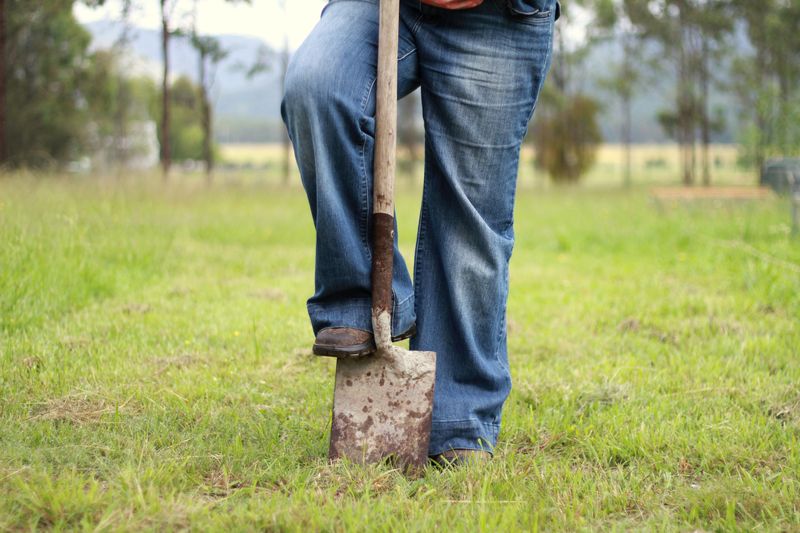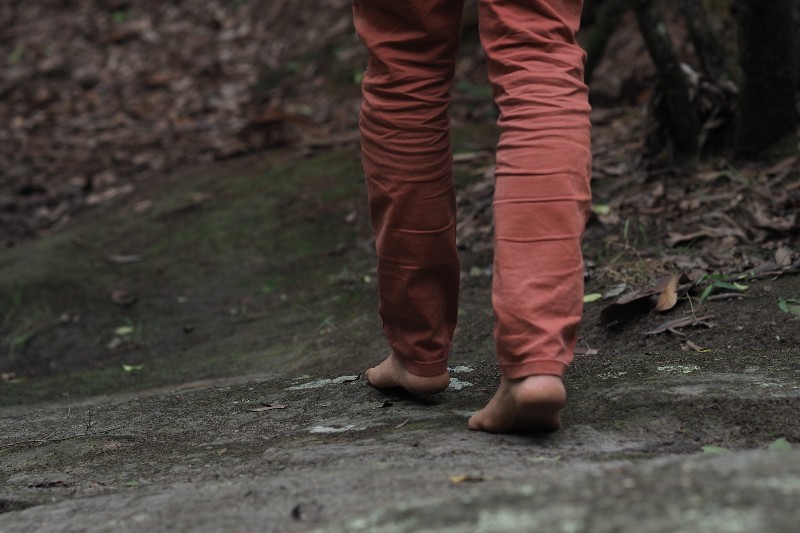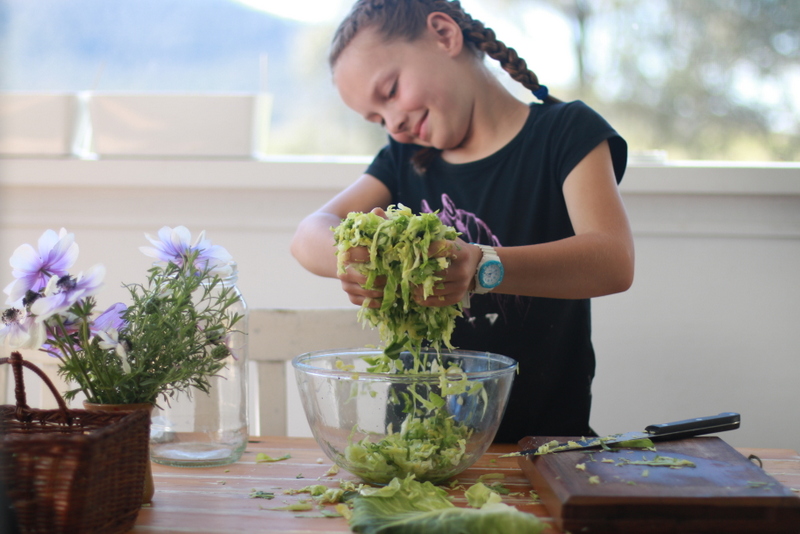I’m about to start my new veggie garden. The first row is pegged out and I’m deciding whether to dig or not to dig.
In the past I’ve preferred not to dig. Not only because digging isn’t much fun, but because using the no dig gardening method you can go from grass to a planted bed in just a few hours (or less).
No dig gardens are particularly suited to areas that have poor, contaminated or compacted soil, or even no soil. I once created a productive no dig garden directly on concrete in a small rental courtyard.
Making a no dig garden is a bit like making a lasagne in that ingredients are layered.
First there’s a layer to supress weeds and grass, which is usually thick and overlapping wet cardboard or newspaper. This is followed by layers of organic materials.
Just like a good lasagne, the quality of your garden will depend on upon using the right ingredients in the correct proportions.
Ingredients can include anything you’d happily put in your compost pile: straw, manures, hay, leaves, coffee grounds, grass clippings, shredded paper, seaweed, compost, kitchen scraps, and worm castings.
The best ingredients are those that you can find locally and cheaply.
My favourite are free manure from horse stables, cheap mushroom compost from a mushroom farm, and spoilt bales of lucerne sold cheaply as mulch.
Just like for compost making, it’s important that the ratio of carbon rich and nitrogen rich materials is right.
High carbon materials tend to be dry, like straw, autumn leaves, and shredded paper. High nitrogen materials are typically moist, like manure, compost, kitchen scraps, and seaweed.
I alternate carbon rich and nitrogen rich and layer the carbon rich much thicker than the nitrogen and manage to luck on the correct ratio.
It’s important to wet each layer as you go.
Finally top with pockets of good compost or soil which can be planted directly into and then dress with mulch.
I’m keen to make better use of the existing soil at our new property, so despite my love for not digging, I’m contemplating digging – perhaps even double digging.
A little research into soil cultivation methods has revealed that digging ain’t digging. Double digging, bastard trenching and broadforking with a Gundaroo Tiller. I’m now contemplating them all. I suspect my spade is going to get a good workout.
Do you dig or not dig?
[Originally published in the The Newcastle Herald Weekender Magazine 23rd March 2013]



